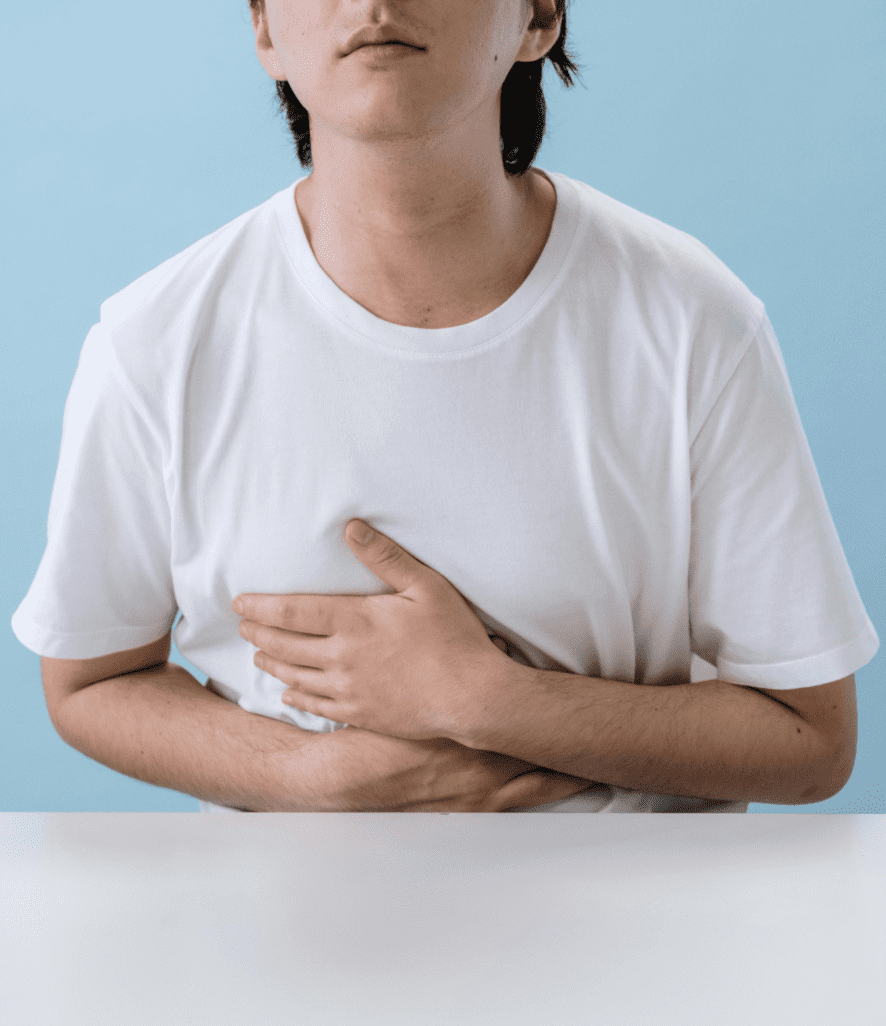
Gallstones are small ‘stones’ made out of cholesterol that form in your gallbladder. While they are usually not problematic and don’t require treatment, sometimes they can get trapped and cause complications.
The gallbladder is a small digestive organ that stores and concentrates bile – a substance your body produces to help you digest fat. Bile is made in the liver and stored in the gallbladder before being released into the small intestine. This helps to concentrate the bile, making it better at digesting fat.
While gallstones often don’t have any symptoms, if they get trapped in an opening in your gallbladder, they can cause severe pain in your abdomen, just below your stomach. This pain usually lasts for 1 – 5 hours. The pain may occur after a large fatty meal, which causes gallbladder contraction.
Symptoms include:
In some cases, gallstones can also cause acute pancreatitis. The symptoms of acute pancreatitis are:
Treatment for gallstones is not normally necessary. However, if you are experiencing any of the symptoms listed above, keyhole surgery to remove the gallbladder may be recommended.
If you don’t have a gallbladder, your liver will continue to make bile, but instead of collecting in your gallbladder, it drips straight into your small intestine.
Because of this, you can live a normal life without a gallbladder, although you may need to make some lifestyle changes, such as managing your diet to avoid large fatty meals and eating little and often.
Doctors think gallstones are caused by an imbalance of chemicals in your bile. When this happens, crystals can form, and the bile in your gallbladder can harden around them into a stone-like substance, like a pearl forming in an oyster.
These stones can then get stuck in your bile duct – the opening between your gallbladder and small intestine, causing a blockage. In the case of pancreatitis, the gallstones can block the pancreatic duct instead.
While anyone can get gallstones, there are factors that can make you more likely to get them. These include:
If you have abdominal pain, you should have a GP appointment. Contact your GP immediately if you have:
If you aren’t yet registered with a GP, you can do so online at any time here. If you can’t get to a GP, call NHS 111 for advice.

Get advice about specific conditions like back pain, coughs, mental health conditions and more

Get advice about general symptoms like tiredness, bleeding, pain or weakness

Request sick notes and GP letters or ask about recent tests

Get help for common childhood problems like rash, ear-ache, cold, flu, vomiting and diarrhoea